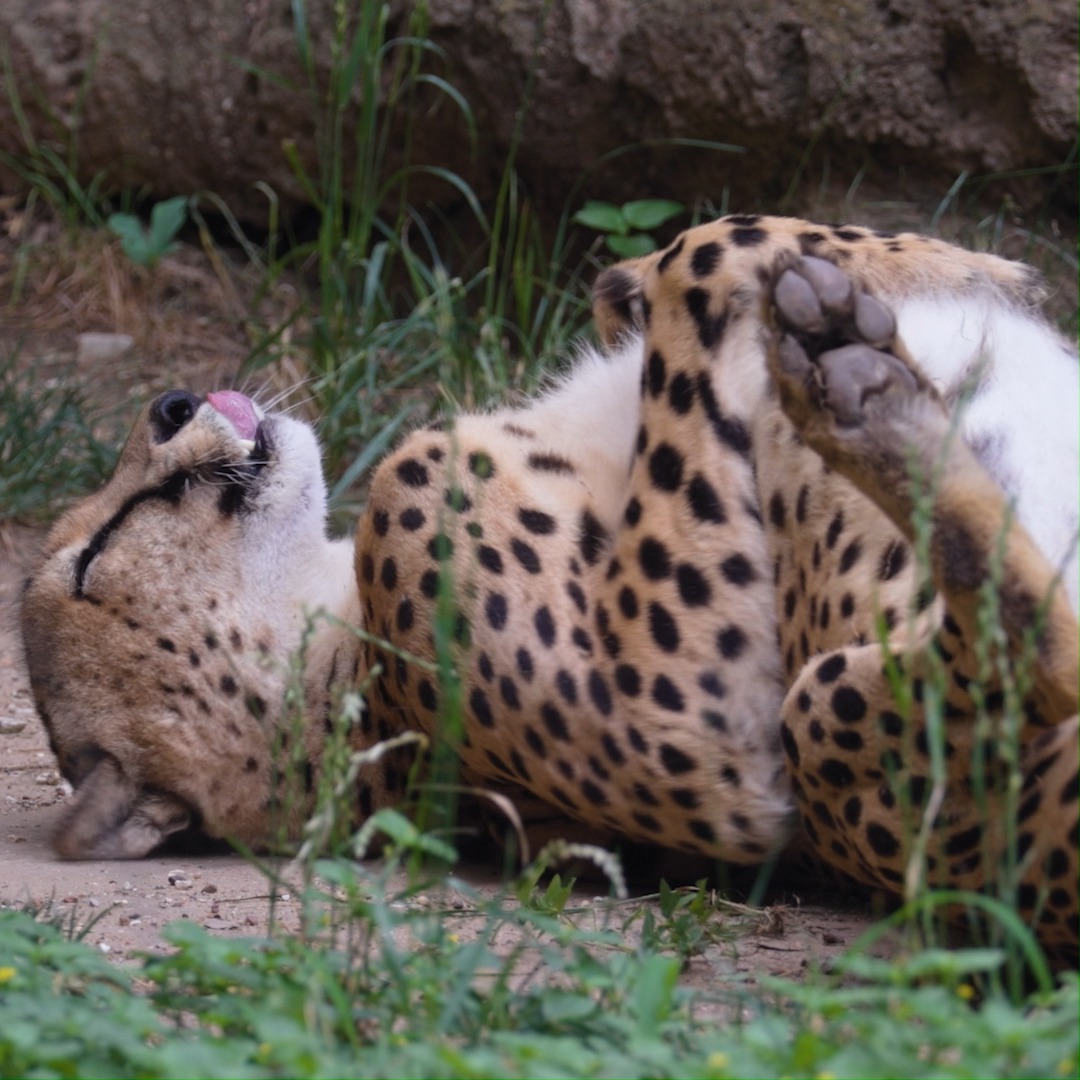- The journey and technical process of how emails navigate the internet to reach their destination.
- Biological metaphors that draw parallels between modern technology and natural systems found in wildlife.
- The role of zoo management in the digital era, linking technology with wildlife conservation efforts.
- Conservation strategies informed by technological advances in communication and data sharing.
- The impact of digital communication on wildlife research, education, and public engagement.
Every day, trillions of emails traverse the vast digital landscape, bouncing between servers, routers, and data centers to find their designated recipient. Like the animal migrations observed in the wild, the journey of an email across the network is a testament to the wonders of modern technology. This process, though mysterious to many, is an intricate sequence of technological interactions, not unlike the interdependent ecosystems seen in nature.
The mechanism of email delivery begins with its creation. Once you hit send, your email is packaged within a protocol called SMTP (Simple Mail Transfer Protocol). This protocol behaves like a postal worker, reliably transporting digital messages from local mail clients to broader networks. Unlike a physical letter that moves through a series of manual handoffs, emails travel with lightning speed, propelled by a chain of electronic relays known as mail servers.
Each mail server plays a crucial role in this process, akin to waypoints in animal migrations where species may stop, rest, and refuel. These servers, equipped with DNS (Domain Name System), translate human-readable addresses into computer-friendly IP addresses, where they are directed along the swiftest and most reliable path to their endpoint. Just as animals navigate environmental cues to find their way, emails utilize sophisticated routing protocols to arrive at their destination.
Technological systems draw many parallels with natural mechanisms, offering fascinating and educational insights. The rapid transmission of emails can be likened to the flight of birds, synchronized in perfect harmony, evading predators and moving efficiently as a unit. In biology, this might be compared to the collective behavior of starlings in murmuration, where thousands of birds move together as one entity without collision. The harmony and precision seen in these natural events mirror the digital communication paradigms, highlighting the intersection of technology and biology.
In the context of zoo management, technicians and wildlife conservationists are increasingly leveraging email and other digital frameworks to enhance operational efficiency. Information that once took days or weeks to move across locations now transfers in seconds, facilitating timely decision-making and strategic planning. Real-time data on animal health, breeding programs, and habitat conditions can be shared instantly with conservationists worldwide, helping to drive informed choices that promote biodiversity and ecosystem sustainability.
Yet, the technological reach goes beyond operational logistics. Zoo and aquarium networks are using email to foster global collaborations and share critical research findings. With these advances, conservation strategies are bolstered by a constant inflow of data, allowing for the adjustment of conservation plans to better address urgent threats to wildlife. This open exchange of information feeds into broader conservation initiatives, linking technological evolution with efforts to protect endangered species and habitats.
In the digital age, the immediacy of email communication significantly impacts wildlife research and public engagement. Researchers studying animal behavior, ecology, or genetics can quickly disseminate findings and receive feedback from the international scientific community. This exchange is pivotal to driving forward collective knowledge and enhancing collaborative research efforts. The collaborative nature and interconnectivity facilitated by email ensure that scientific discoveries are shared swiftly, reducing redundancy and fostering innovation.
Furthermore, digital communication also plays a significant role in educational outreach and raising public awareness about conservation. Zoos and wildlife organizations increasingly harness email campaigns to engage public audiences and promote conservation initiatives. Interactive and informative emails can inspire action, increase awareness, and foster a sense of connection with wildlife and nature. Regular updates in people’s inboxes about conservation successes or calls to action create a direct line of communication, galvanizing public support for conservation causes.
With these technological advancements also come challenges. Ensuring data security and preventing misuse offers parallels to maintaining biodiversity in a balanced ecosystem. Just as conservationists guard against threats to the natural world, cybersecurity experts work tirelessly to protect the digital habitat that enables seamless communication. This dual vigilance highlights the interconnectedness of technological and natural systems and the importance of fostering healthy, sustainable networks in both domains.
In conclusion, by understanding how email finds us, we gain insights not only into the mechanics of digital communication but also into the parallels between technology and the natural world. It is a reflection of our continual quest for connectivity and understanding, drawing on lessons from nature to inform and enhance our technological advancements. The journey of an email, traveling swiftly and efficiently to its destination, underscores the profound interdependencies that define both our biological ecosystems and our digital networks. Each email that successfully finds its way is a reminder of the intricate balance required to sustain these pathways, echoing the harmony essential for life itself.
*****
Source Description
How your email finds me 💤


